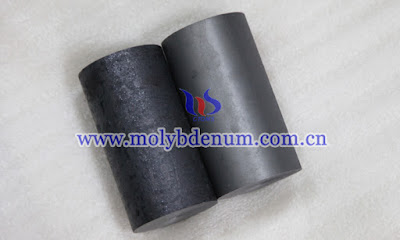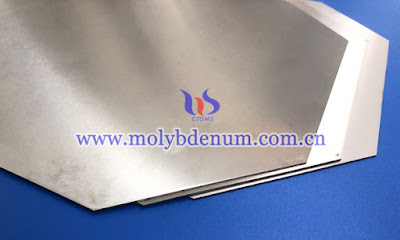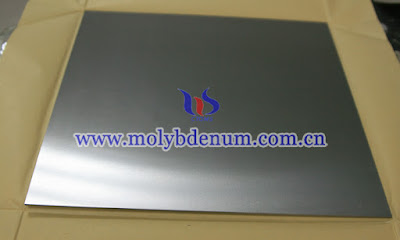TZM, also known as titanium zirconium molybdenum, is a mature molybdenum alloy. The main advantage of using it is that it can well support applications where high strength and creep resistance are highly required. It is a stable metal and is not affected by temperature reduction and works well without weakening or softening.
Alloying facilitates the vacuum arc casting process by which complete melting and mixing of molybdenum oxide and alloy is accomplished. Therefore, with the help of the two most important consolidation techniques, vacuum arc casting (VAC) and powder metallurgy (PM), a wide variety of molybdenum alloy mill products and molybdenum alloys can be manufactured. Here, users can obtain an alloy of their own choice by using this method by creating the appropriate proportions of the metals needed for a specific application. Mill products that can be created through this course include forged billets, bars, bars, plates, sheets, foils, and more.
These TZM products can be used in some important applications including structural furnace components, die inserts for casting aluminum, rotating anodes for X-ray tubes, hot stamping tooling, rocket nozzles and electrodes.
In addition to general use and its use in industry, this metal has many more applications and is also found in the field of military use. Torpedo engines are the best example of TZM alloys in military applications. This alloy is used in rocket nozzles, valve bodies, nozzle throats and gas pipes. The alloy is a metal with a very high melting point, which works well for die casting mold activities for various ferrous and non-ferrous metals.
It is also suitable for the bulb furnace mechanism of color TV, platinum-rhodium alloy is used for molybdenum plating alloy, and high temperature glass melt material is required to withstand the conditions generated in the long-term high temperature shock process. In addition to this, TZM alloys are also suitable for radiation shielding, heat exchangers, cages, rails, etc.
If you have any inquiry of TZM alloy sheet, please feel free to contact us:Email: sales@chinatungsten.com/sales@xiamentungsten.com
Tel.: +86 592 5129696/+86 592 5129595









